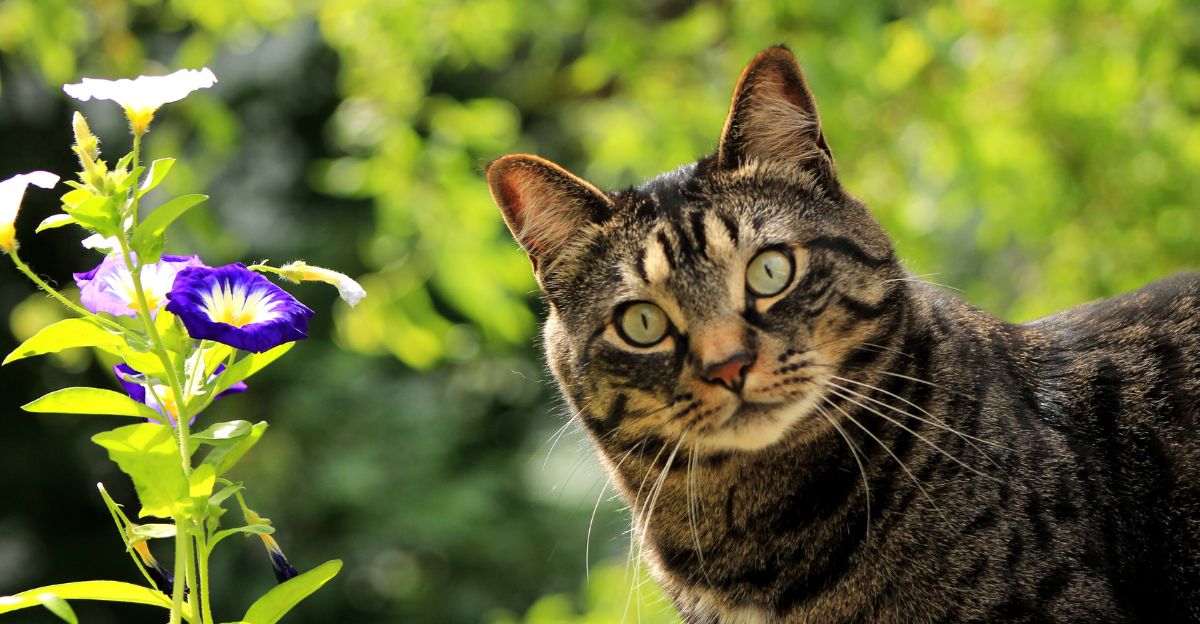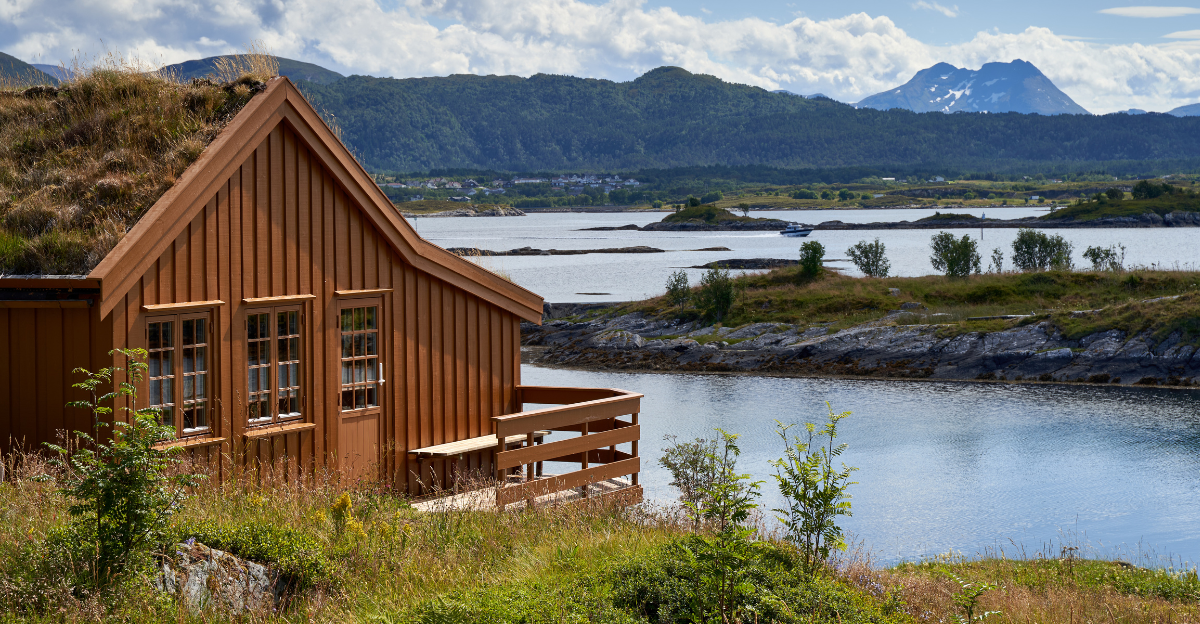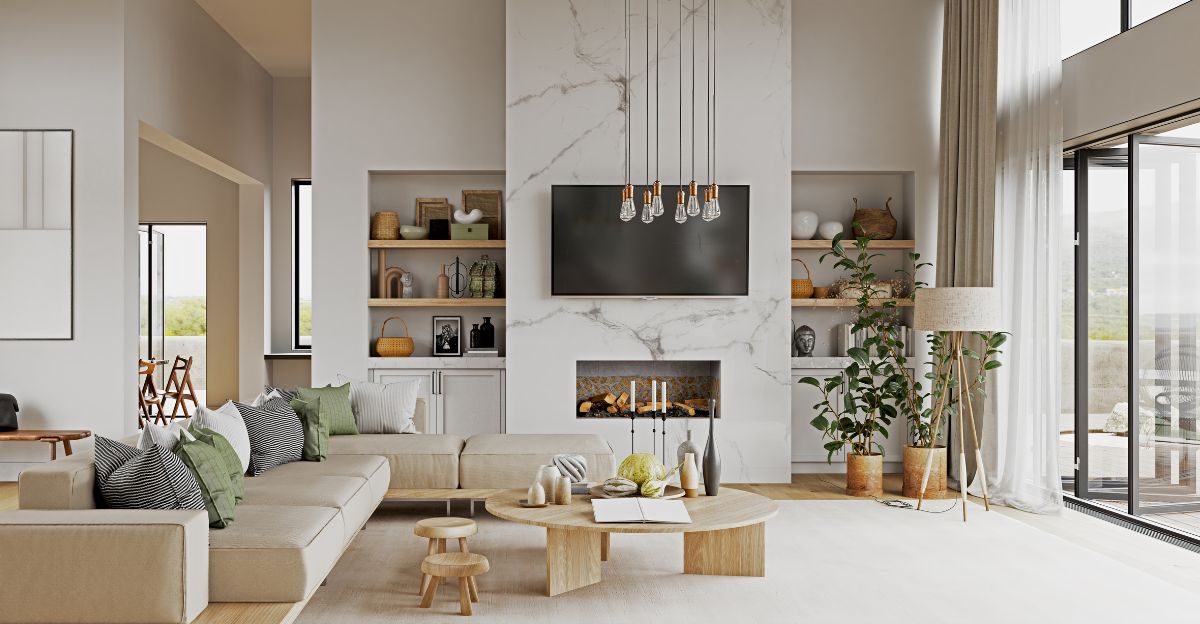9 Plants and Scents That Naturally Keep Cats Away From Your Garden
As cute and fluffy as cats might be, they can be a nuisance that is hard to deter. With dug-up flower beds, territorial bathroom habits, the need to nap wherever they are comfortable, and an inherent stubbornness, keeping cats away from your garden is nearly impossible. However, some natural plants, oils, and herds can help keep them away from your beautifully growing garden. 1. Lavender The lavender bush is beautiful and delicious to look at and smell. However, cats don’t necessarily feel the same way. The plant has a chemical compound called " linalool.” This compound is often found in insect repellants and produces a scent that cats are likely to turn their noses up at. While
Read More









